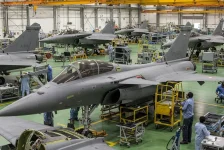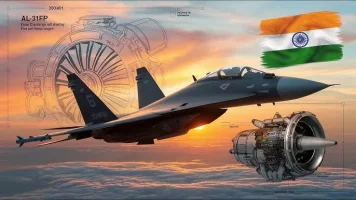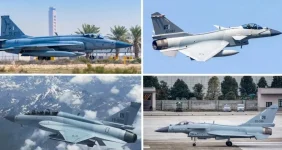- Views: 6K
- Replies: 62

India's recent acquisition of 31 MQ-9B drones, a multi-billion dollar investment intended to enhance its military capabilities, has come under scrutiny following reports that Houthi rebels in Yemen have repeatedly downed these sophisticated machines.
The ease with which the Houthis, a non-state actor with limited resources, have reportedly targeted these drones raises serious questions about their survivability in a potential conflict against the technologically advanced militaries of China and Pakistan.
The Houthi claims, which include the downing of nine such drones since October 2023, have not been independently verified. However, they highlight the MQ-9B's vulnerability, particularly its susceptibility to enemy fire due to its relatively slow speed and limited defensive capabilities.
The drones, though equipped with advanced features for intelligence gathering and precision strikes, lack the agility and robust countermeasures to evade threats from even rudimentary offensive platforms.
While the Houthis' alleged success may be attributed to their localized knowledge and tactics, the concern remains that India's adversaries, with their far superior technological and military prowess, could exploit these vulnerabilities even more effectively. This raises concerns about the effectiveness of these drones in a high-intensity conflict scenario, particularly against sophisticated anti-missile systems.
India's acquisition of the MQ-9Bs is part of a broader strategy to modernize its military and address security challenges on its borders, especially with China.
The drones, with their extended range and endurance, were expected to provide critical intelligence and strike capabilities in the vast and challenging terrain of the Himalayas.
However, the recent events in Yemen have underscored the potential limitations of these drones and the need for a comprehensive assessment of their survivability in a contested airspace.
While General Atomics, the manufacturer of the MQ-9Bs, has remained silent on the Houthi claims, the Indian military will undoubtedly be analyzing these developments closely.
The effectiveness and survivability of these drones in a potential conflict scenario are crucial factors that will shape India's defence strategy and future acquisitions.



